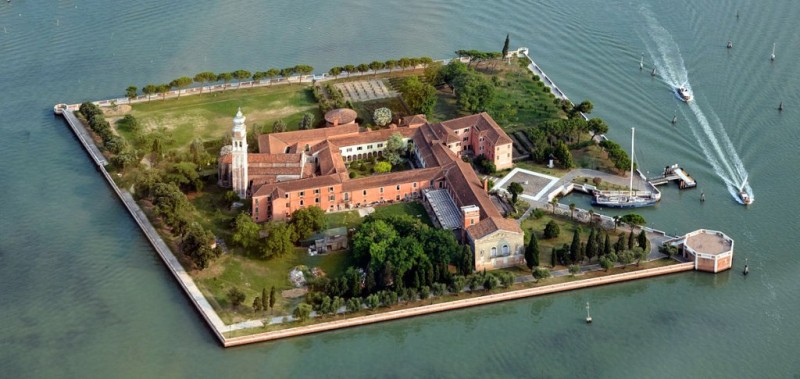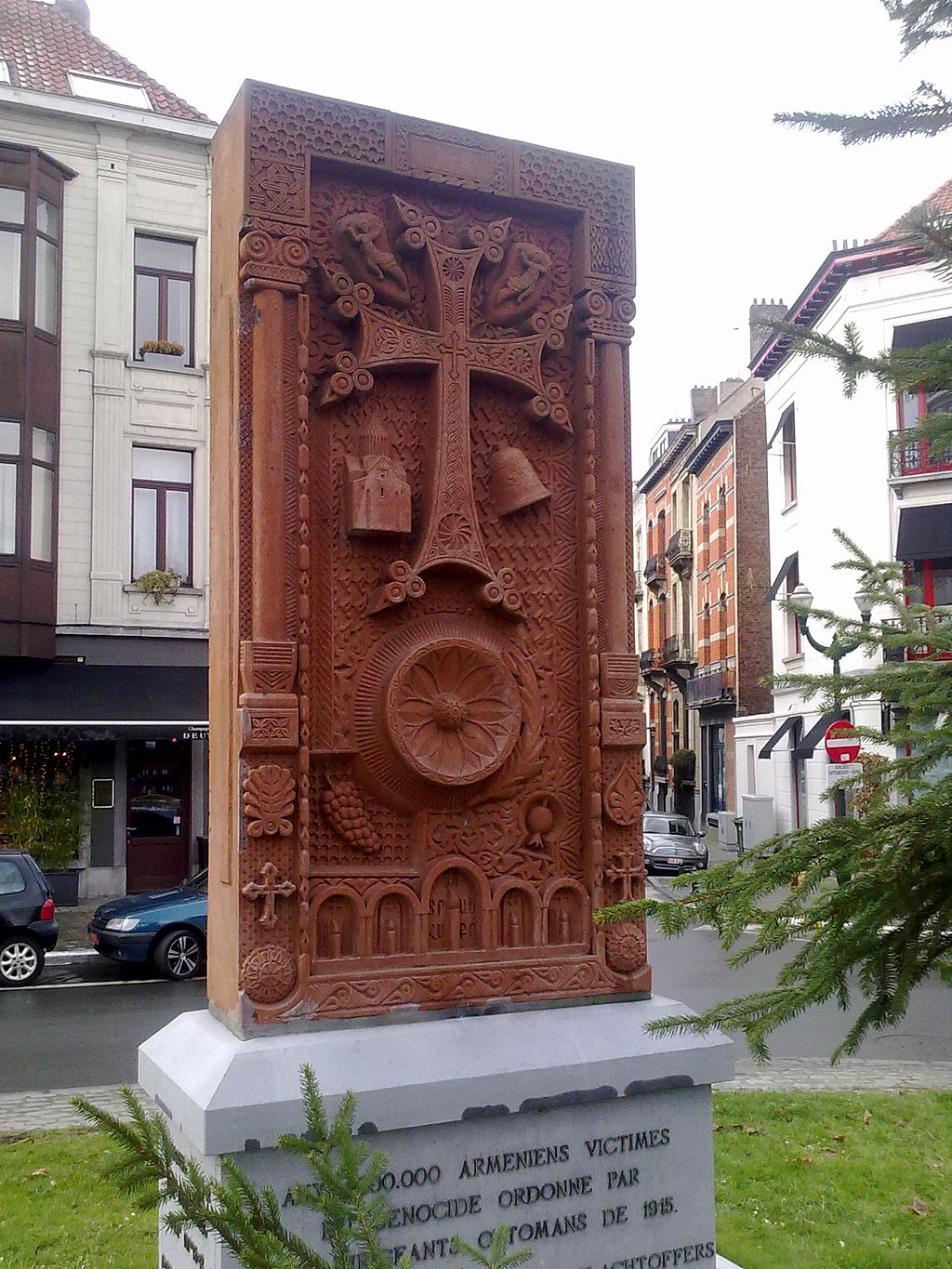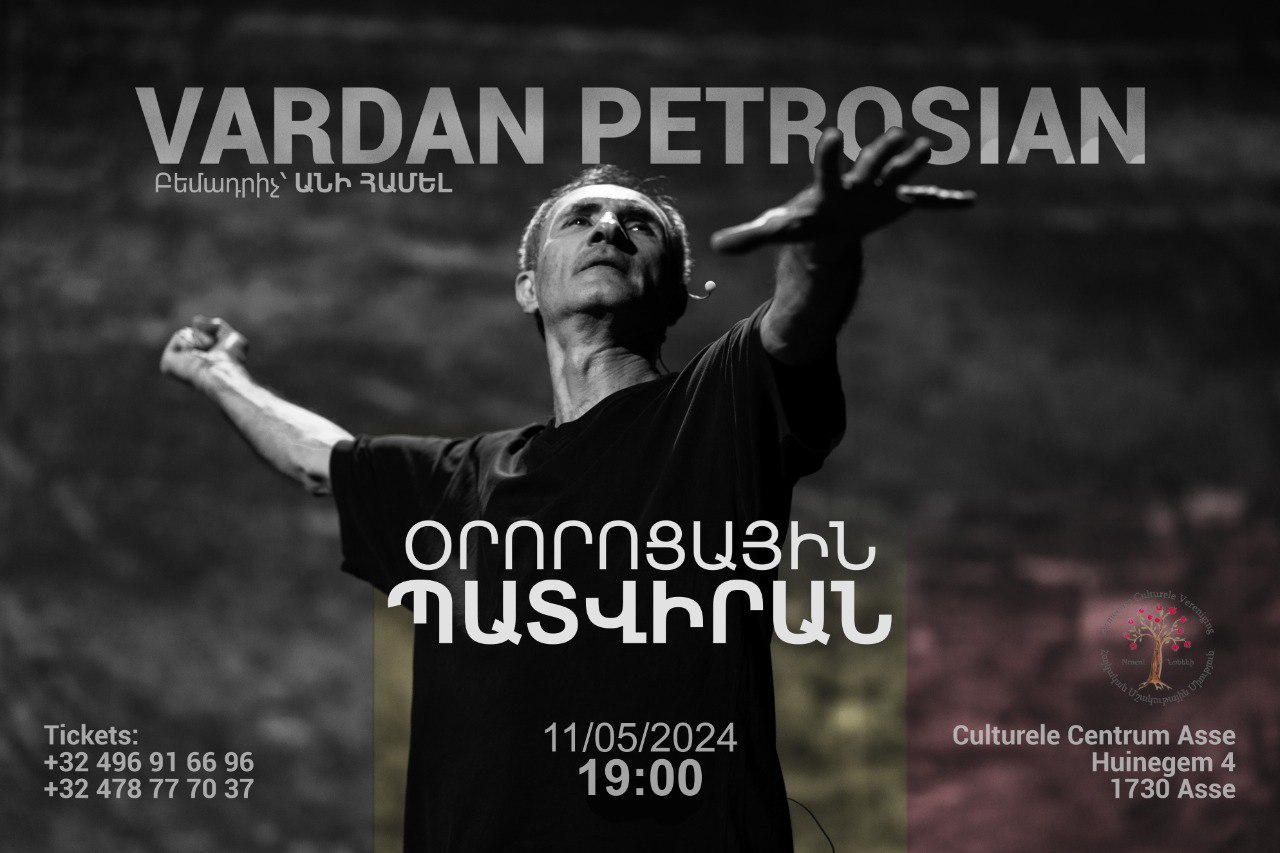 Euronews - 21/03
Euronews - 21/03
http://www.euronews.com/2017/03/21/the-armenian-island-of-venice
The Armenian presence in Europe stretches from London to Larnaca, Lisbon to Lviv; the Armenian Catholic Mkhitarian Congregation is among the most impactful examples of that legacy and this year marks a three-century-long presence in one of Europe’s most iconic towns.
The vaporetto leaves from San Zaccaria to one of the most unique corners of Venice, a testament to the centuries of multi-cultural history of that magnificent city. The unique corner is really an island – Isola di San Lazzaro degli Armeni, or the Island of St. Lazarus of the Armenians. This year marks the 300th anniversary of that island becoming home to the Mkhitarian or Mechitarist Congregation.
Mkhitar was born in Sebastia (modern-day Sivas, in central Turkey) in 1676. He joined the Armenian Church at a time when it was facing the challenges of a modernising world. Drawn to Western Christianity and its already-established traditions of education and publishing, Mkhitar ran his own printing house in Constantinople (Istanbul), bringing together other like-minded individuals who longed to rejuvenate and invigorate a community at times struggling in the social and political milieu of the 17th century Ottoman Empire. Facing the resistance of the authorities, Abbot Mkhitar and his followers, who established the congregation named after the founder in 1700, spent some time moving from place to place – first to Greece, then up the Adriatic – before finally establishing themselves on what used to be a leper colony off Venice in 1717.
In the centuries that followed, the Mkhitarian fathers had a profound effect on research, education, and publishing in Europe generally, and for the Armenian world in particular. Still today, the monastery they founded continues to produce books; Venice is one of two cities in the world that can boast having published at least one Armenian book every year for three hundred years or more, with just a few interruptions (the other city being Istanbul). Whether as first-time publications of ancient manuscripts, translations of significant European works, or the other way around, the Armenian legacy has been showcased to the European and broader world through the efforts of these monks, and the doors of Europe have likewise been opened for Armenians thanks to their activities.
“The Mkhitarian Congregation has always served as a bridge,” says Father Serop Jamourlian, “both for tying the Armenian reality to the European world in terms of scholarship and spirituality, and also as a bridge of universal human values: it is a representative of the East in the West and the conveyor of Western ideas to the East.”
Perhaps the most significant impact the Congregation has had involves the development of language and identity. It was the Mkhitarian fathers who first published modern dictionaries of the Armenian language. Modern scientific approaches to research and education also owe much to these Armenian priests in Venice, who once upon a time ran a network of some thirty schools across Europe and the Middle East.
The reputation of San Lazzaro was so strong that Napoleon Bonaparte offered that monastery special permission to continue functioning even after he shut down other religious institutions in Venice in 1810. A few years later, the island’s most famous guest – Lord Byron – spent some months during 1816-1817 studying the Armenian language.
The Mechitarists have suffered some setbacks over the course of their rich history, such as a significant split in the Congregation that led to a second monastery being established in Vienna in 1811. They reunited in 2000. The two had meanwhile carried on Abbot Mkhitar’s mission diligently. Both Venice and Vienna are known as centres of learning for the Armenian world.
Although the Mkhitarian Congregation is not as active as it used to be, with a smaller membership and growing challenges within a generally more secular global environment, it continues to run four schools in places reflecting the footprint of the Armenian Diaspora: Beirut, Los Angeles, Buenos Aires, and Istanbul. A school was established in Yerevan, in the Republic of Armenia, in the year 2007 – a good indication of the renewal of Diaspora-Homeland ties since the collapse of the Soviet Union.
Special commemorations are planned for September during this 300th anniversary year – celebrations alongside the people of Italy and Venice. Father Serop emphasises that their welcoming and hospitable attitude towards the Armenians is based on the experience of many centuries of deep ties. What lies in store for the Mkhitarian Congregation? Father Serop says that the mission has always been and remains, “Service to the Armenian nation”.
Article contributed by Nareg Seferian
 Français
Français  Nederlands
Nederlands  Հայերեն
Հայերեն 







